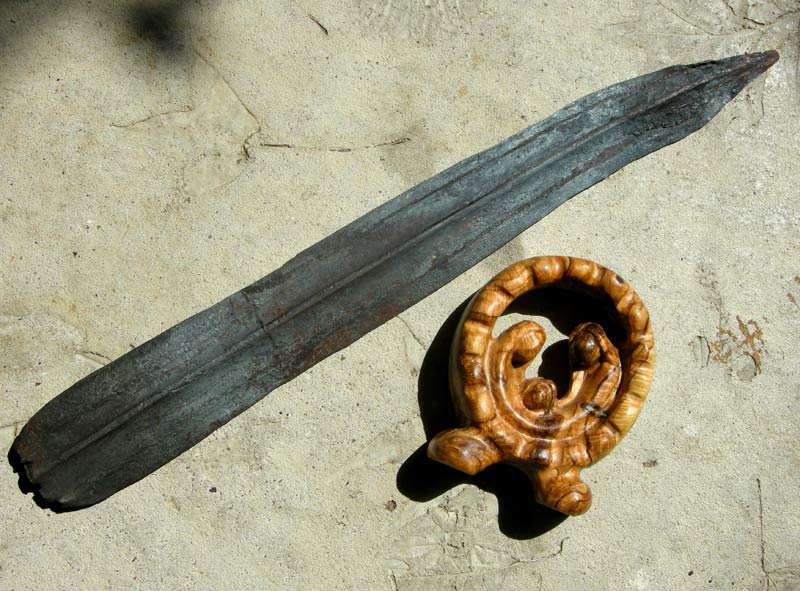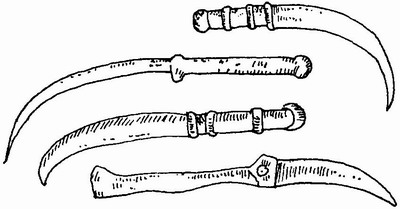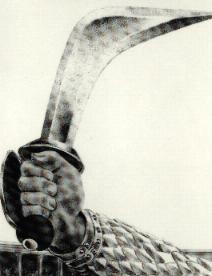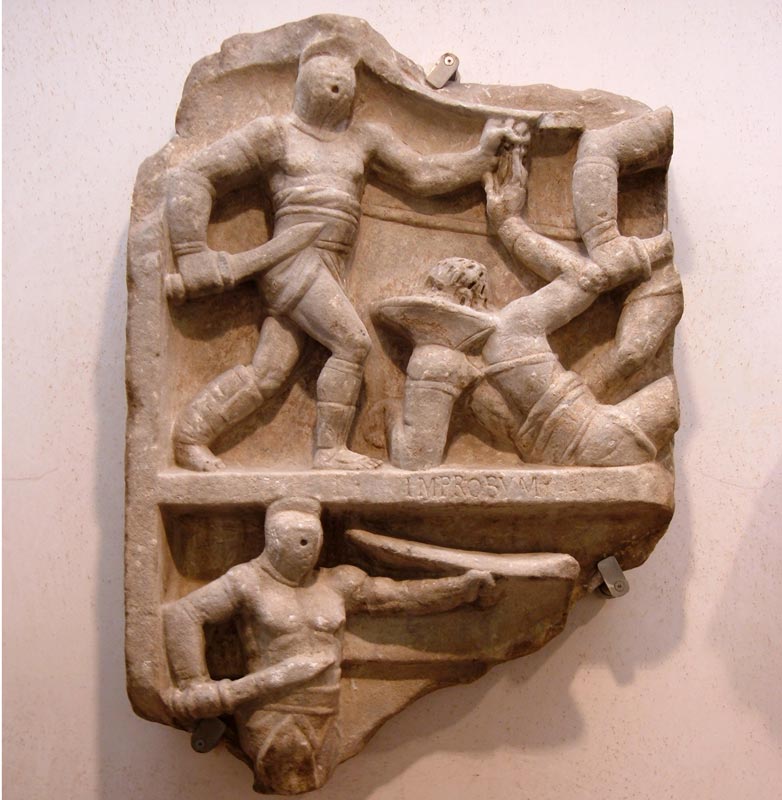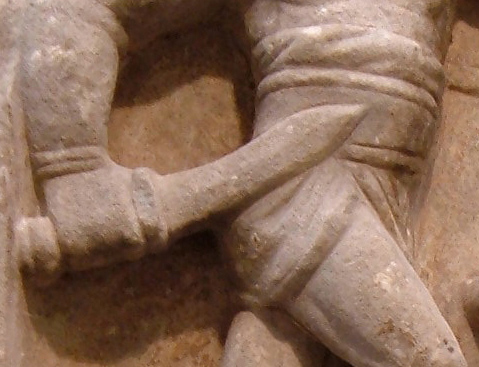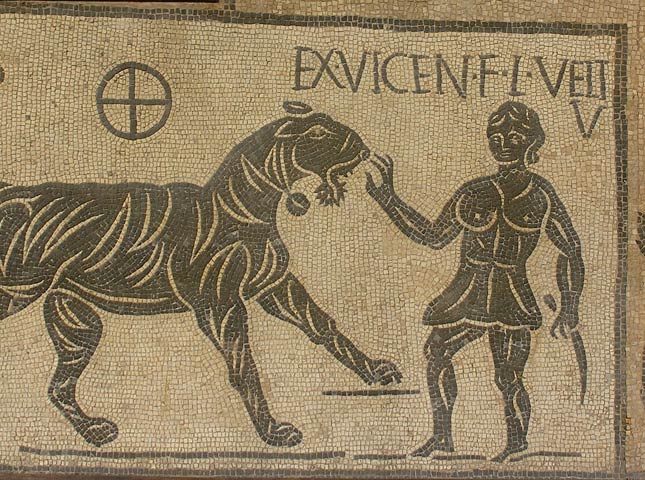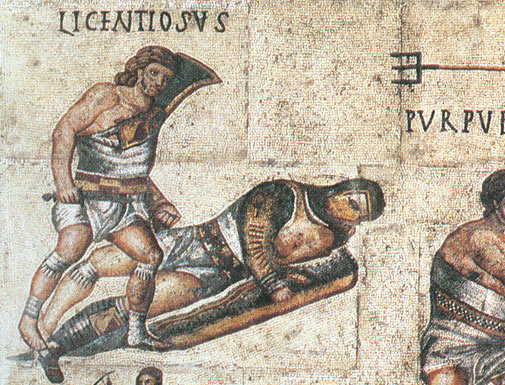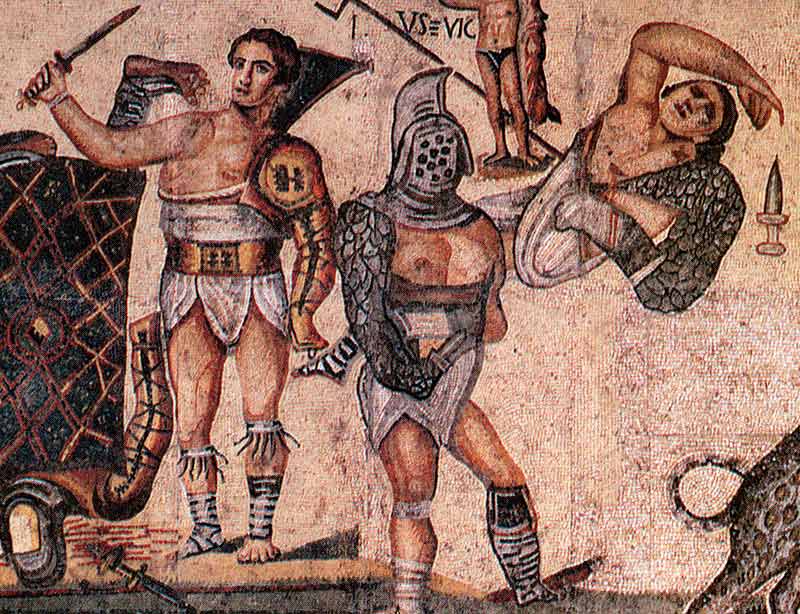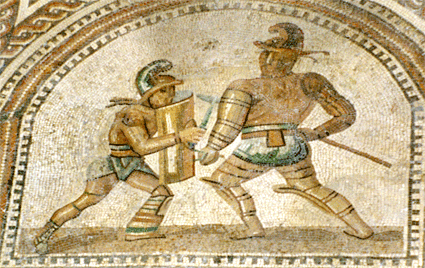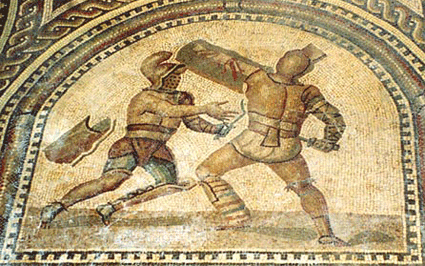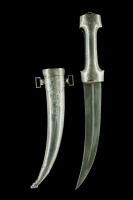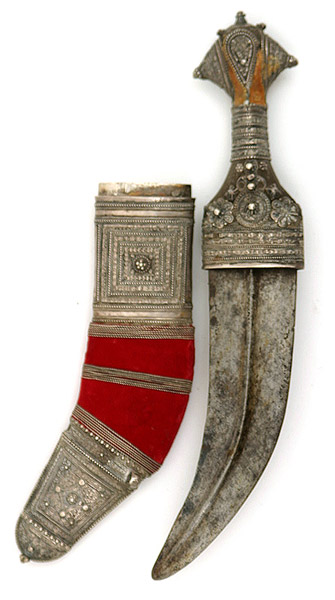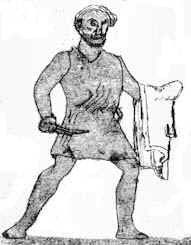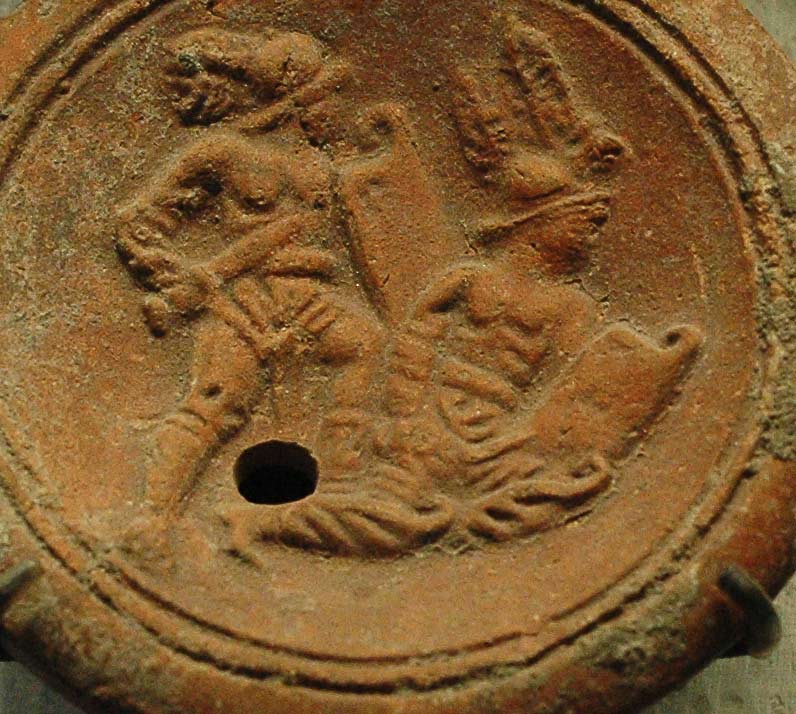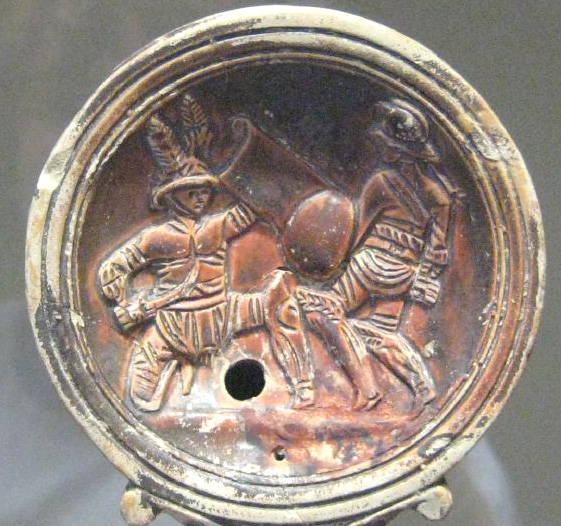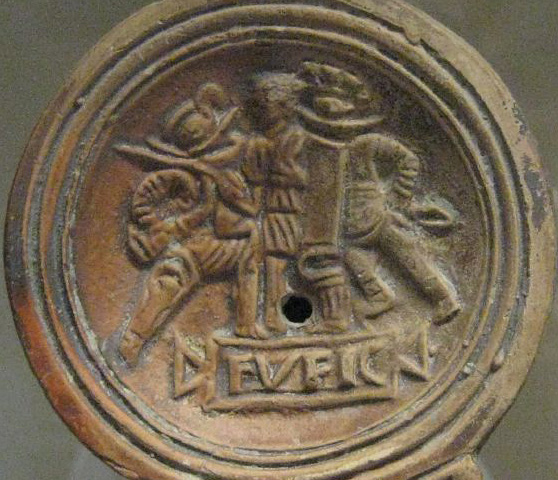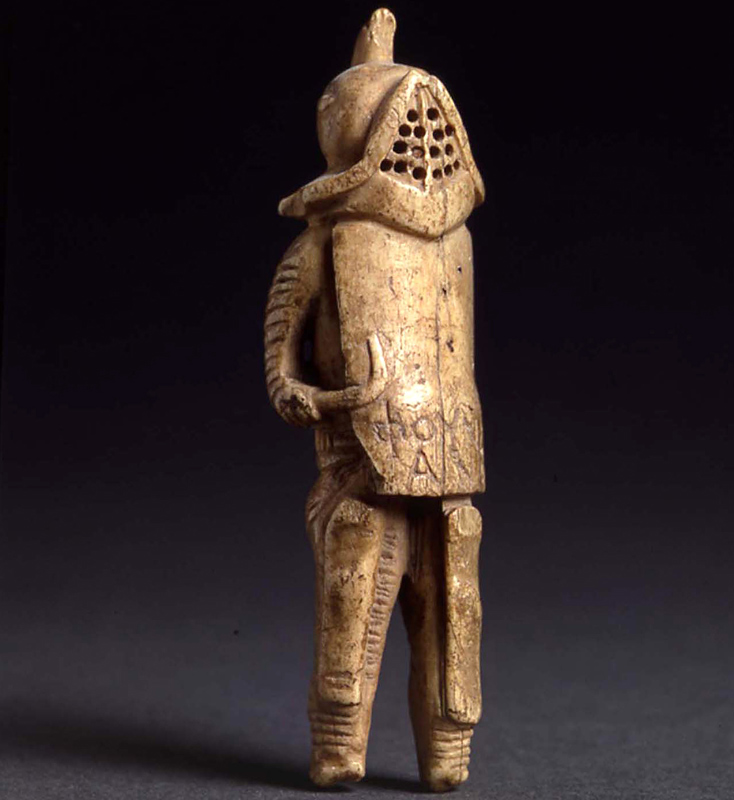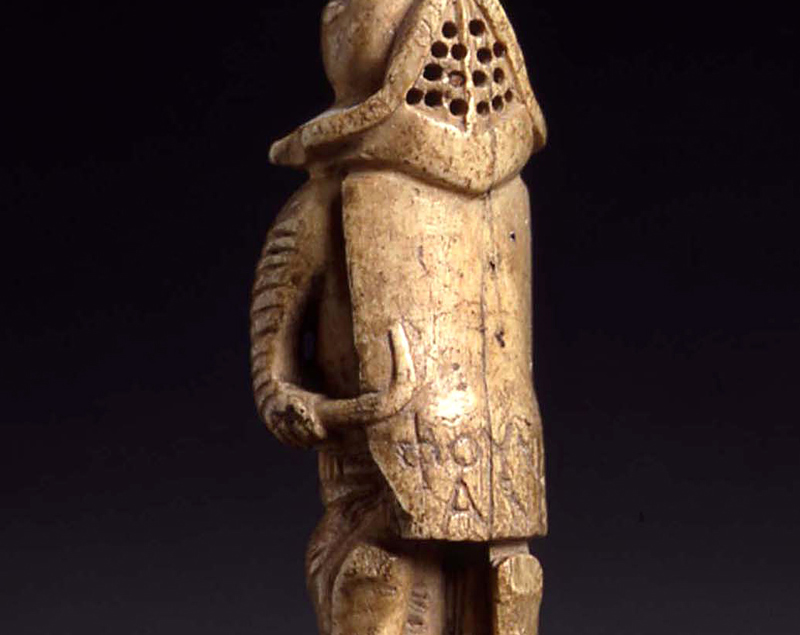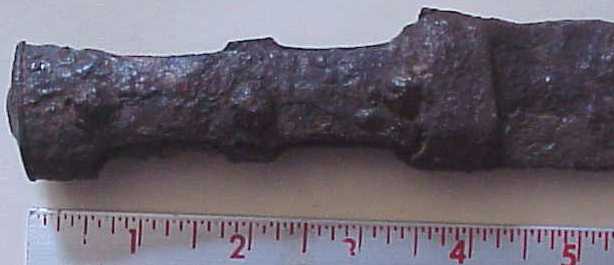The following are from the book "The Complete Encyclopedia Of Arms & Weapons edited by Leonid Tarassuk & Claude Blair":
Sica
Greco-Roman term for a single-edged, pointed dagger, with a strongly curved blade forming a virtual right angle with the grip. Of Thraco-Illyrian origin, it was used by the Etruscans and the Ligurians, and particularly by the peoples living beyond the Rhine and the Danube. In those early time (6th-4th centuries B.C.) all weapons with curved were referred to by Greek authors as machaira or kopis. It was not until the Hellenistic period that the term sica was used, with reference to atrocities committed by the Thracians and the Illyrian foot soldiers. As early as the 1st century B.C. the term sicarii was used to describe brigands (for example, Illyrian pirates who roamed up and down the Adriatic shores) and professional assassins.
Falx Supina
(Latin, "recurving sickle"). A particular type of war knife of Oriental origin, with a curved blade and concave cutting edge, used in Roman times by Thracian gladiators. It was so named because of its shape close resembled that of a sickle. A similar weapon was developed in the western Mediterranean area, where it was considered as a sacrifical instrument and associated with various mythical figures, including Zeus striving with Typhon and Hercules fighting the Hydra of Lernia. See also HARPÉ
Harpé
A Greek curved sword with a large spur on the concave cutting edge of the blade; the term was applied to a large sickle-shaped knife with a concave cutting edge. It is depicted in both forms in the Perseus cycle, when the hero kills the Gorgon. In the first instance- the ensis hamatus or falcatus- it appears as a sacrifical weapon used to slaughter the bull. See also Falx Supina.
Machaira
A single-edged, pointed war knife, carried by warriors in Homer's day and later, slung from a baldric or sword belt alongside the double-edged sword, the XIPHOS. Authors writing after the Homeric period tended to confuse the two terms and sometimes even muddled them with KOPIS as well. The machaira was used by both infantry and cavalry. In fact, the Athenian historian and military chief Xenophon (c. 434-c. 355 B.C.) urged the cavalry to use the machaira instead of the sword because its cutting potential was greater. The machaira is distinct typologically from the kopis, which had a considerably more accentuated curvature and a concave cutting edge. It was also used for slaying sacrifical victims and for domestic uses. Among Latin authors, the term "machaira" is used to describe a single-edged, pointed sword for use with one or both hands. After the second Punic War (218-201 B.C.), it was issued to special corps known as machairofóroi.
Kopis
The etymology of this term is from the Greek kopto, meaning "cut". The word indicates a weapon designed for cutting blows. It is of nonclassical derivation, and there is evidence of this weapon in Greece among the remains of vanguished foreigners. It is often associated with the MACHAIRA, which was a war knife with a curved blade; but the two types can be distinguised by observing the curvature of the cutting edge of the blade: concave for the kopis, convex for the machaira. A version that combined features from both weapons was probably known as the "kopis-machaira". It was in use in ancient Greece and was depicted on vase paintings.
Romphaea
A classical Greek staff weapon of Thracian-Illyrian origin; it was more than 2 m. (6½ ft.) long with a large head in the form of a curved, double-edged blade (like the HARPÉ or SICA curved daggers), which was mounted on a sturdy shaft.
Please excuse any spelling mistakes I've made transcribing the above from the book.
The book contains drawings of the Harpé, Machaira & Kopis, but not the Sica, Falx Supina or Romphaea.
Based on the above the following links would be examples of the Sica and Falx Supina:
http://www.hermann-historica.de/auktion/hhm54...at54_g.txt
http://www.hermann-historica.de/auktion/hhm54...at54_g.txt
http://www.hermann-historica.de/auktion/hhm54...at54_g.txt
http://www.gk.ro/sarmizegetusa/ranistorum/site_eng/fierul.html
http://www.learmideiromani.it/htm/varie.htm
http://www.swordsmith.net/roman.asp?gallery=r...=162#Items
http://www.swordsmith.net/roman.asp?gallery=r...=163#Items
http://www.swordsmith.net/roman.asp?gallery=roman&id=75#Items
http://153162.aceboard.fr/153162-1184-7330-0-...glaive.htm
http://www.stoa.org/trajan/buildtrajanpage.cgi?349
http://www.stoa.org/trajan/buildtrajanpage.cgi?359
http://www.flickr.com/search/?q=thraex&w=all
http://www.flickr.com/photos/smithco/143092783/
http://www.flickr.com/photos/kjfnjy/224054839/
http://www.flickr.com/photos/jungle_boy/201194260/
I hope all of this is helpful.
Danny
